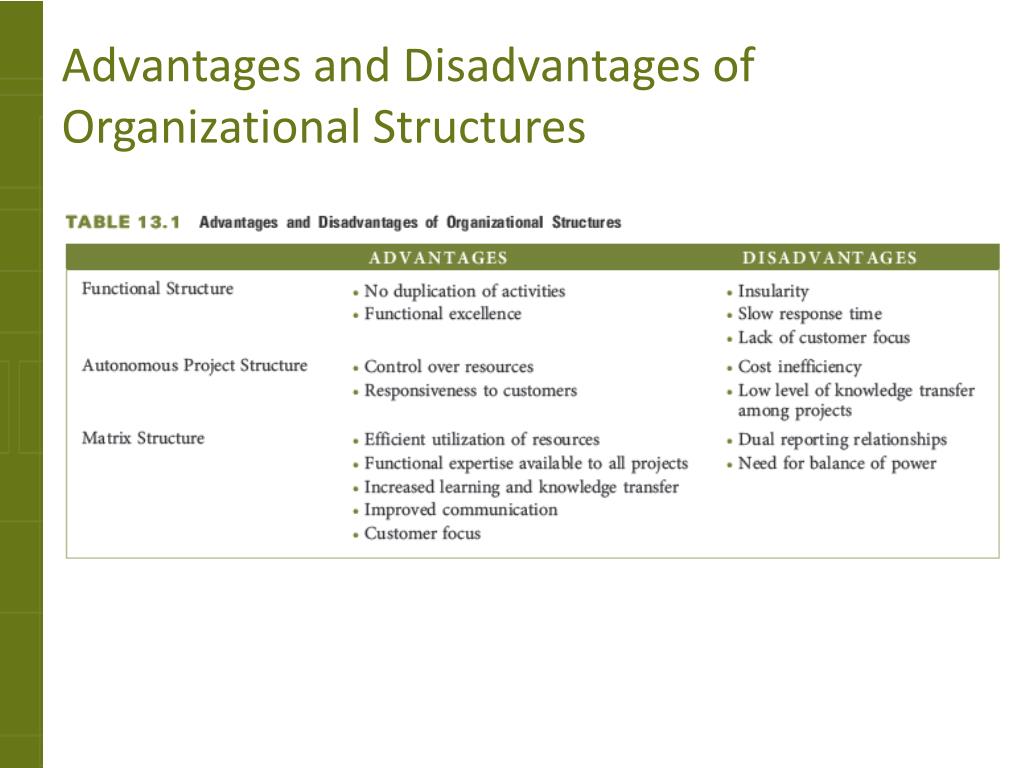The Ultimate Guide To Relational Leadership Essentials
The Ultimate Guide To Relational Leadership Essentials
Blog Article
The Main Principles Of Relational Leadership Essentials
Table of ContentsAll About Relational Leadership Essentials10 Easy Facts About Relational Leadership Essentials DescribedThe Best Guide To Relational Leadership EssentialsThe Single Strategy To Use For Relational Leadership EssentialsHow Relational Leadership Essentials can Save You Time, Stress, and Money.How Relational Leadership Essentials can Save You Time, Stress, and Money.
As more business take on distributed workforce practices, collaborative, clear, and versatile frameworks will certainly play a key function in success. Recognizing that a matrix structure's flexibility supports dexterous teams, promotes engagement, and values cross-collaboration, it's time to choose if your organization needs improvement in these locations. If so, transitioning to a matrix structure might be a strong relocate the ideal instructionsIf your social media advertising and marketing division identifies an untapped consumer base, your framework needs to make it very easy for the head of that department to connect this discovery to elderly management and the sales group. This can be true also if you have a top-down structure in which authority relaxes in the hands of your elderly monitoring group.

Top Guidelines Of Relational Leadership Essentials
Despite the sort of organizational framework you choose, there will always be a reporting network that finishes with a decision maker. In a level framework in which workers are offered vast latitude to make ideas and take ownership of their work procedure, decisions are made based on the agreement of employees working in a team.
JOB 1 1. Relational Leadership.1: Organizations are developed to satisfy a demand, for instance to offer products or services. Organizational frameworks can take lots of forms. These are affected by elements such as its objective, size, and complexity of the tasks it executes, exterior setting and its culture. It's services and products or where its located additionally establish which framework is ideal.
Organizations can be structured in different ways: by feature, as an example, procedures, marketing, money, fundraising, etc by area by product, for example, publications, assistance, consultancy, distribution in job groups, for instance, client/customer teams. At the top of the structure is a solitary individual, that has a tiny number of people reporting straight to them.
The 20-Second Trick For Relational Leadership Essentials
Benefits of ordered structures: A hierarchical structure utilizes clear coverage lines. It is very easy to see what each team is called, how many people there are in each group and exactly how they connect to various other people in the system. Negative aspects of ordered frameworks: People can really feel embeded a 'silo' and miss opportunities for co-operation, both for themselves and the organisation.
There are fewer levels in the flat structure organisation. In this example framework, there is someone at the top with everyone else reporting into them on an equal level. Advantages of level structures: people really feel more engaged and can handle even more duty better communication far better group spirit much less bureaucracy and less complicated decision making lowerEven groups of kids begin to establish a network or casual power structure.
Some Known Details About Relational Leadership Essentials

A business framework develops a framework for how a company operates, including the department of responsibilities and authority. Below are the most common option org frameworks in usage: organizational structure organizational structure business framework business structure organizational framework organizational structure business framework You may ask, what is the best business structure?
The individual on top has the ultimate authority and sets the program and strategy. The managers develop the strategy and the employees carry out the strategy. Top-down orgs have actually functioned in an orderly and easy-to-understand pecking order for centuries. Every person has a clear line of reporting and understanding of the hierarchy.
What Does Relational Leadership Essentials Mean?
Some have argued that this design of structure is outdated, in a globe that is relocating so quick. The sight might be great from you could look here the top, but what about the rest of your business? Picture by mirsad mujanovic/ Licensed under Pexels Certificate Advantages of a top-down org framework include: A clear concentrate on instructions and activities Centralized decision-making Duties and obligations are clear Familiar and comfortable process Drawbacks of a top-down org structure consist of: Staff member have little control or input into the job item Managers may not see gaps in between expectations and group abilities till it's too late Much less independent thinking at reduced levels Reduced worker engagement and interest A bottom-up organizational structure jobs much in a different way.
Lower-level workers within an organization are given higher authority to solve problems, set directions, and take on jobs. Instead of approach, concepts, and tasks being handed down from the top, concepts and understandings are developed at the bottom and flow upwards in the bottom-up org structure.
The Greatest Guide To Relational Leadership Essentials
While employing the very same concepts as the top-down structures, it better delegates obligation and authority to managers. Usually utilized in huge companies, duties may be separated into departments or units which managers manage and establish technique in their corresponding locations. Secondary supervisors produce the execution strategy and lower-level employees are appointed tasks.
Report this page